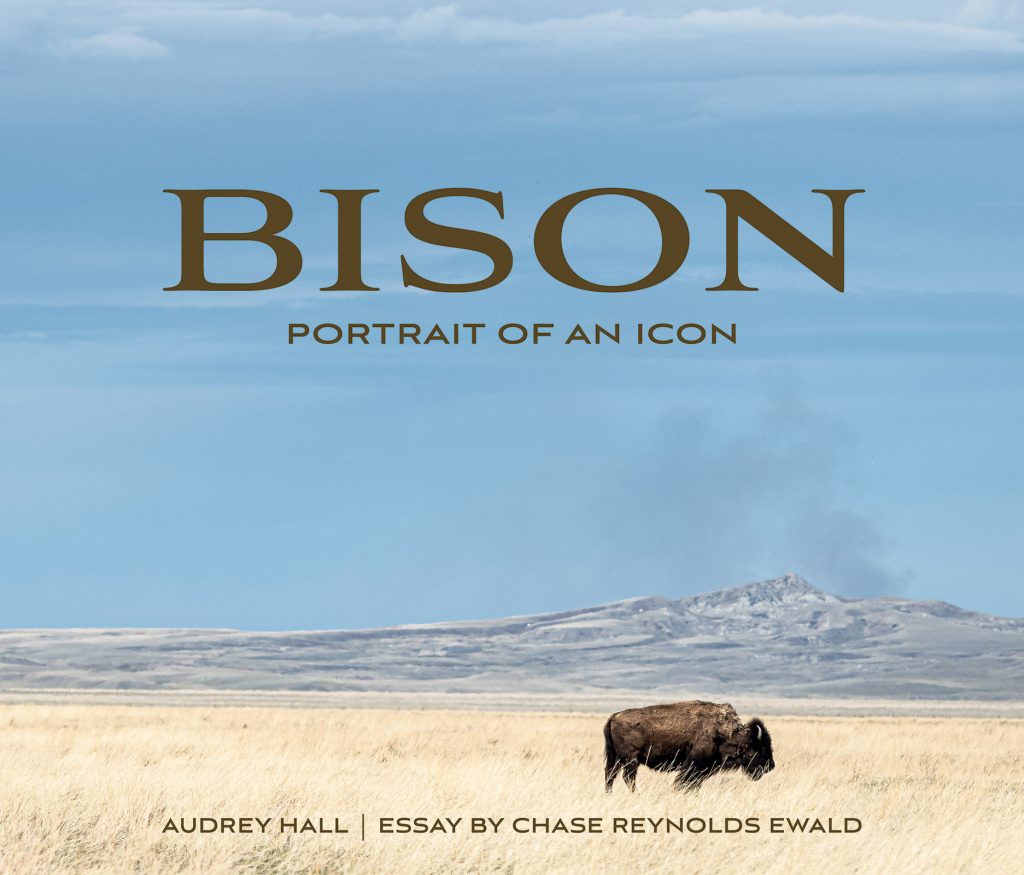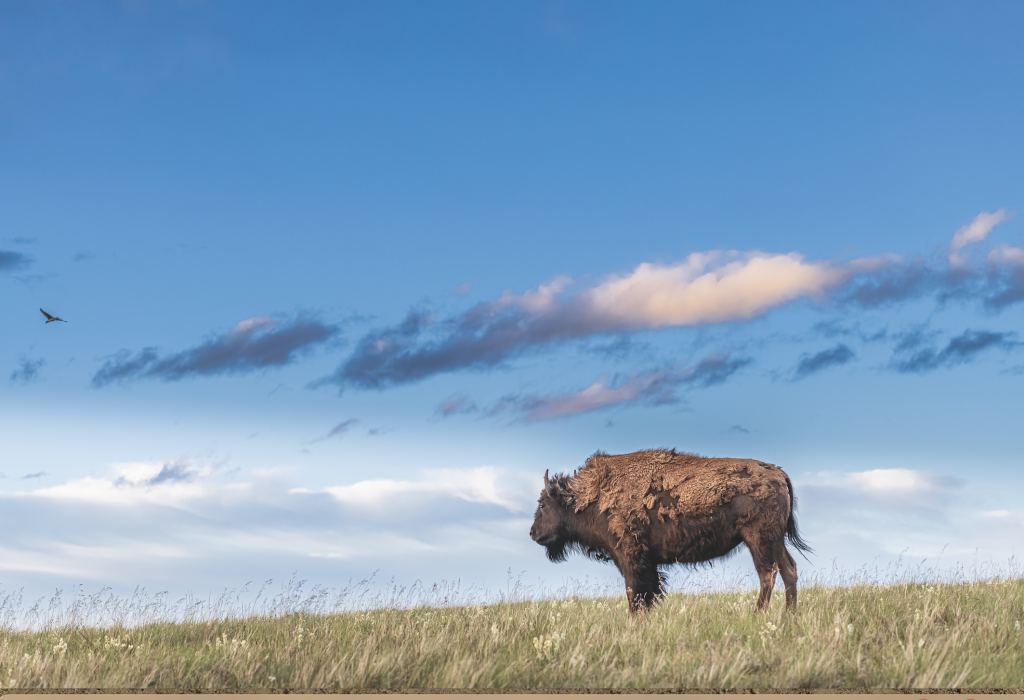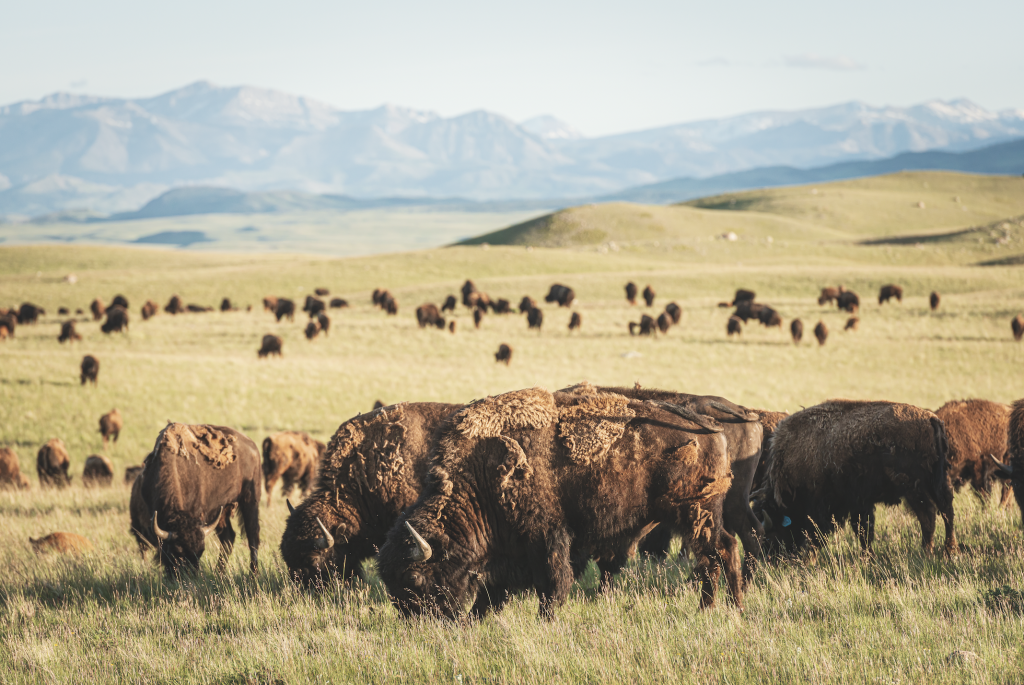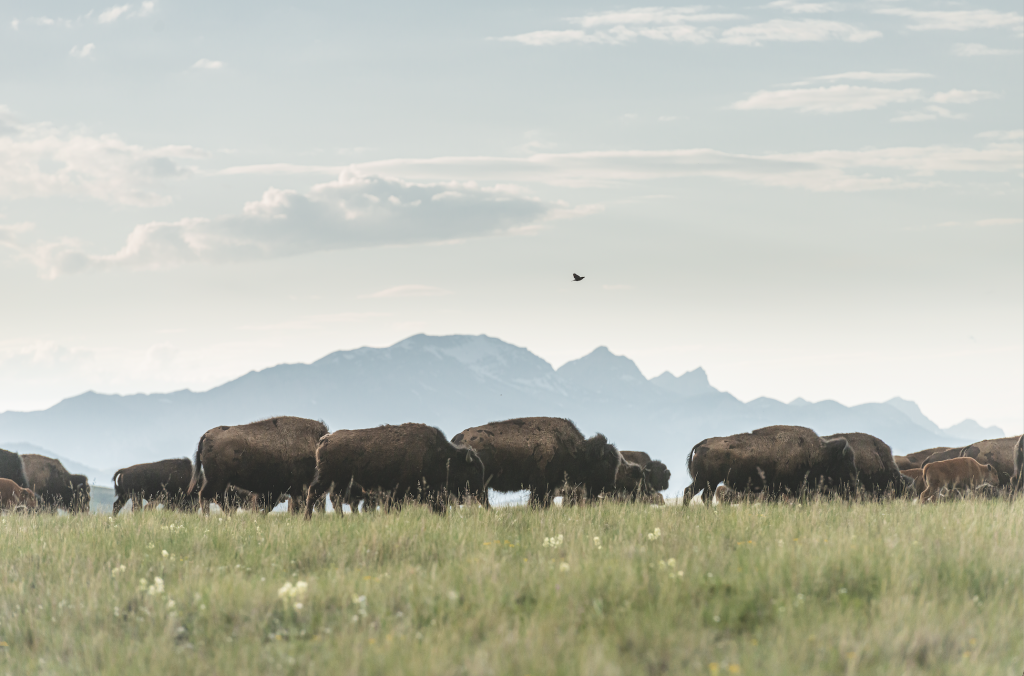New Book Pays Homage To The Mighty Bison’s Fall And Rise
“Yet in a short couple of decades late in the nineteenth century, these iconic creatures barely survived an assault that took their numbers from an estimated twenty-five to sixty million to fewer than one thousand. Bison came within a horn’s width of disappearing forever, and this makes their comeback all the more remarkable.“
-Excerpt from Bison: Portrait of an Icon, published by Gibbs Smith

Even though I grew up roughly 12 miles from San Francisco, I was a typical Bay Area resident in that I rarely headed for the touristy spots in what we locals referred to as the City (locals abhor the nicknames “Frisco” and “San Fran”).
It took me years before I actually and set foot on Alcatraz, I only remember walking across the Golden Gate Bridge – I would have done it again recently with my dog but pups aren’t allowed! – and despite the awesome Rice-A-Roni billboards on them I can’t recall the first time I rode a cable car.
But without a doubt I remember childhood trips to Golden Gate Park and spying the herd of buffalo that have been roaming off and on in a paddock for more than a century.
Indeed, these iconic creatures are not just a star attraction in the middle of urban San Francisco. They are one of America’s most fascinating critters that were all but wiped out from the Old West – with a reportedly sinister backstory but have made a comeback as much as you’d expect after the 19th century slaughter.
A new book, Bison: Portrait of an Icon, chronicles the buffalo’s place in Americana, its demise and its resurgence throughout the Plains and the West, including the herd that safely grazes at Golden Gate Park.
Bay Area resident Chase Reynolds Ewald and photographer Audrey Hall captured the spirit of the bison through their words and images, respectively.
Of the Golden Gate Park herd, Reynold Ewald wrote this:
San Francisco’s Golden Gate Park runs in one narrow three-mile rectangle from the heart of the city near the Civic Corner all the way to the Pacific Ocean, where it terminates at a Dutch wind- mill facing the waves. At more than a thousand acres, the park offers something for everyone, including a botanical garden, museums, a Japanese tea garden— and bison.
A spring visit to the bison paddock involves no jouncing over dirt roads, no question as to whether you’ll be rewarded with the sight of bison. They live in a vegetated but overgrazed pasture on undulating ground punctuated with a handful of conifers. Situated alongside John F. Kennedy Drive between a municipal golf course and Spreckles Lake, it’s a pleasant spot, with lots of birdsong and passersby walking, biking, and driving, some of whom stop to read the informational plaque.
Bison were brought to the park at the time of its founding in 1890, the placard explains, in homage to the rapidly disap- pearing Wild West. Bison populations were then at their nadir; barely 1,000 had survived on the entire continent. These days the group numbers only ten (including five calves added in 2020
to mark the park’s 150th anniversary), and ever since the day a bison bull got aggressive with a policeman on horseback, all the animals are female. But early in the twentieth century the park’s breeding program was so successful its bison were soon providing calves for other zoos, parks, and ranches.
Here are some of Hall’s images:



Here’s the book’s press release:
If you’ve ever seen a bison in Yellowstone, South Dakota, or even Antelope Island State Park in Utah (just a few miles from our offices), you know how majestic this icon of the West truly is. With its rugged, primitive build, its remarkable speed and hardiness, its primeval wooly hide, and its sheer strength, the bison is truly regal.
In our new book Bison: Portrait of an Icon, stunning and dramatic photography tell the history, cultural significance, and comeback story of the bison. Photographer Audrey Hall teamed up with long-time collaborator and author Chase Reynolds Ewald to create this new masterpiece.
A portion of all pre-sales proceeds will go to support the American Prairie Reserve, which is a refuge for people and wildlife preserved forever as part of America’s heritage.
From Booklist: “The true wealth of the book is in Hall’s magnificent photos of bison in their habitat. … Hall’s photos sing.”
Purchase Bison: Portrait of an Icon at among other outlets, Amazon, Barnes and Noble and publisher Gibbs Smith.



